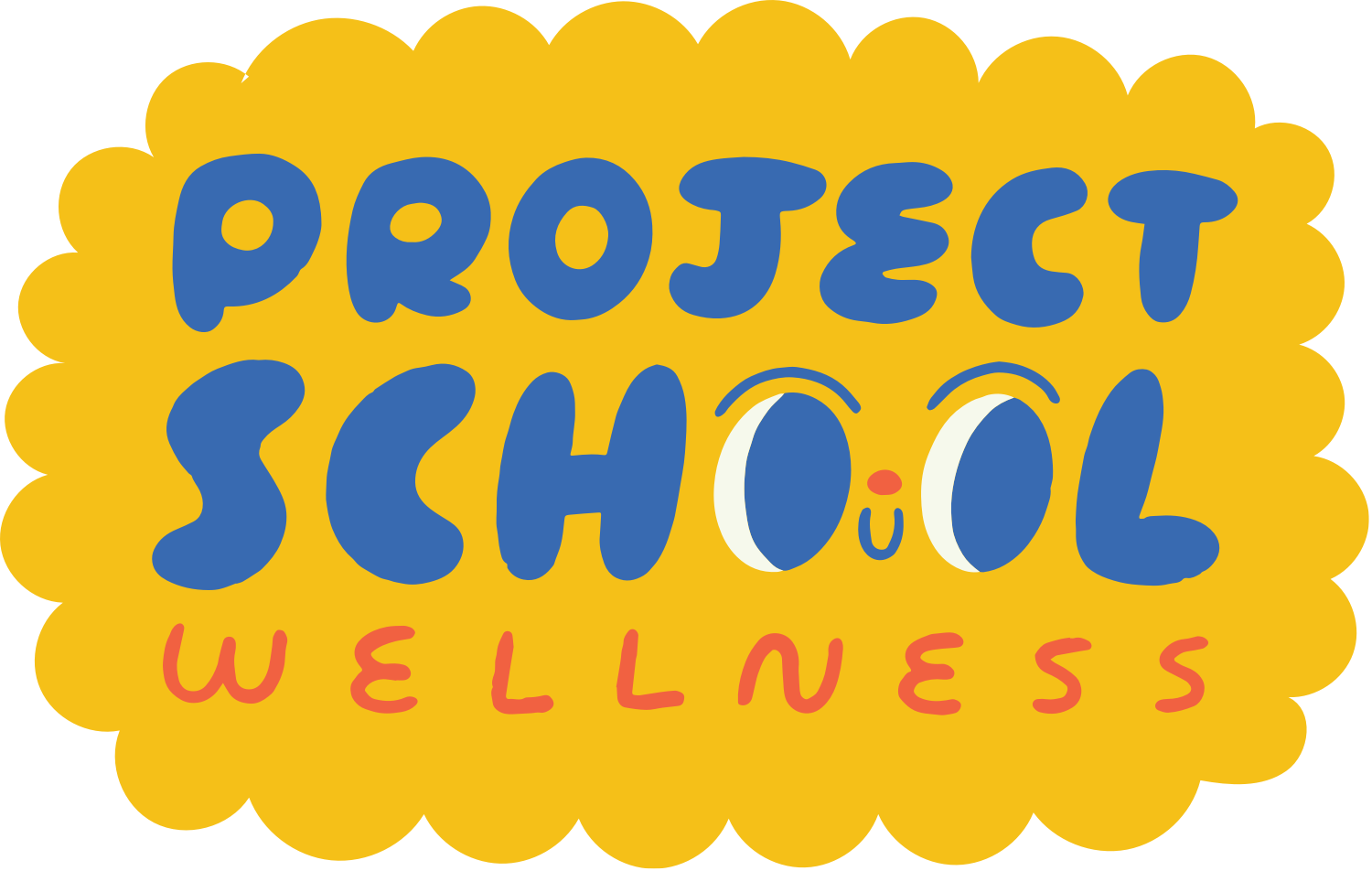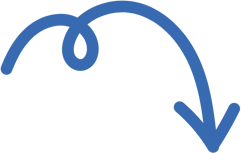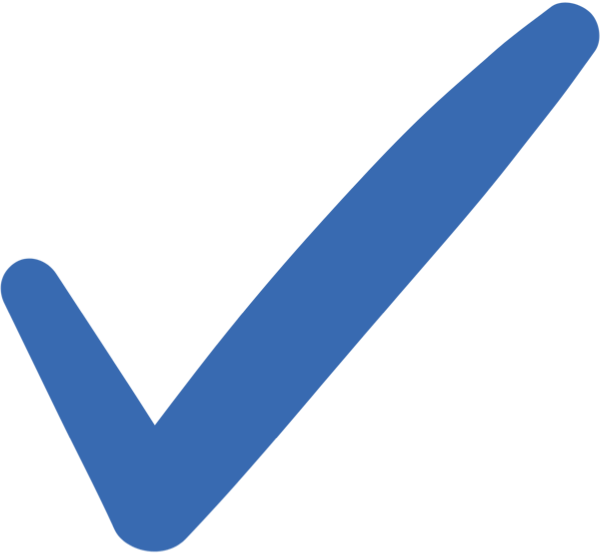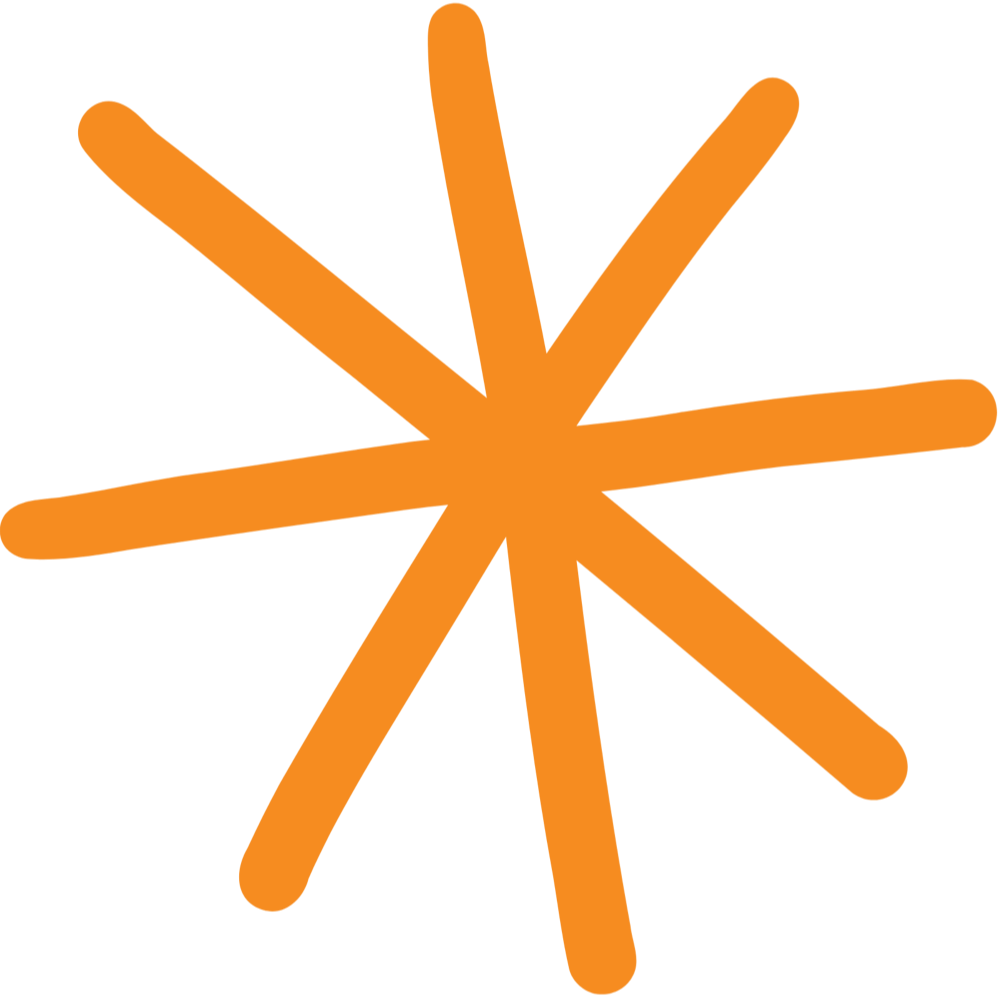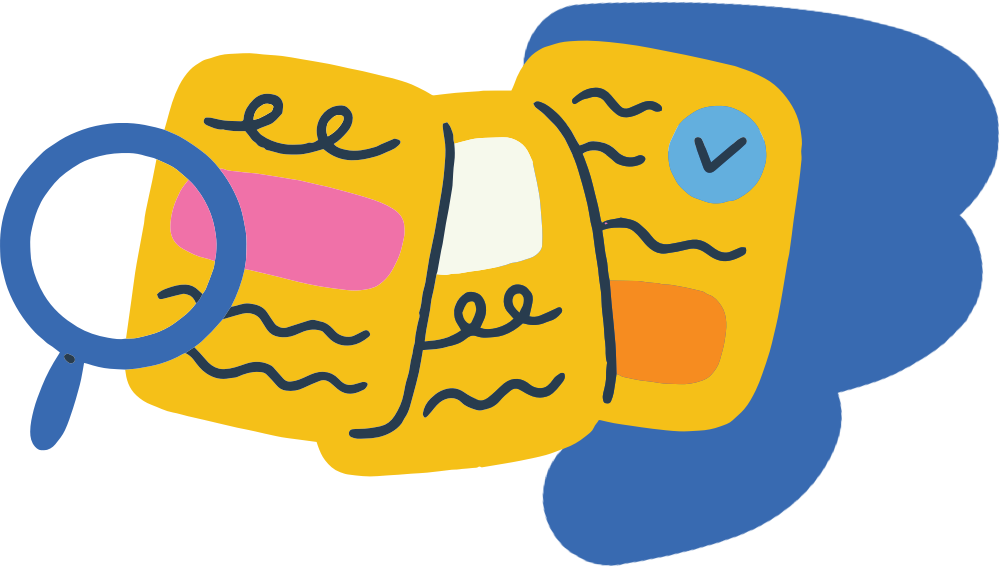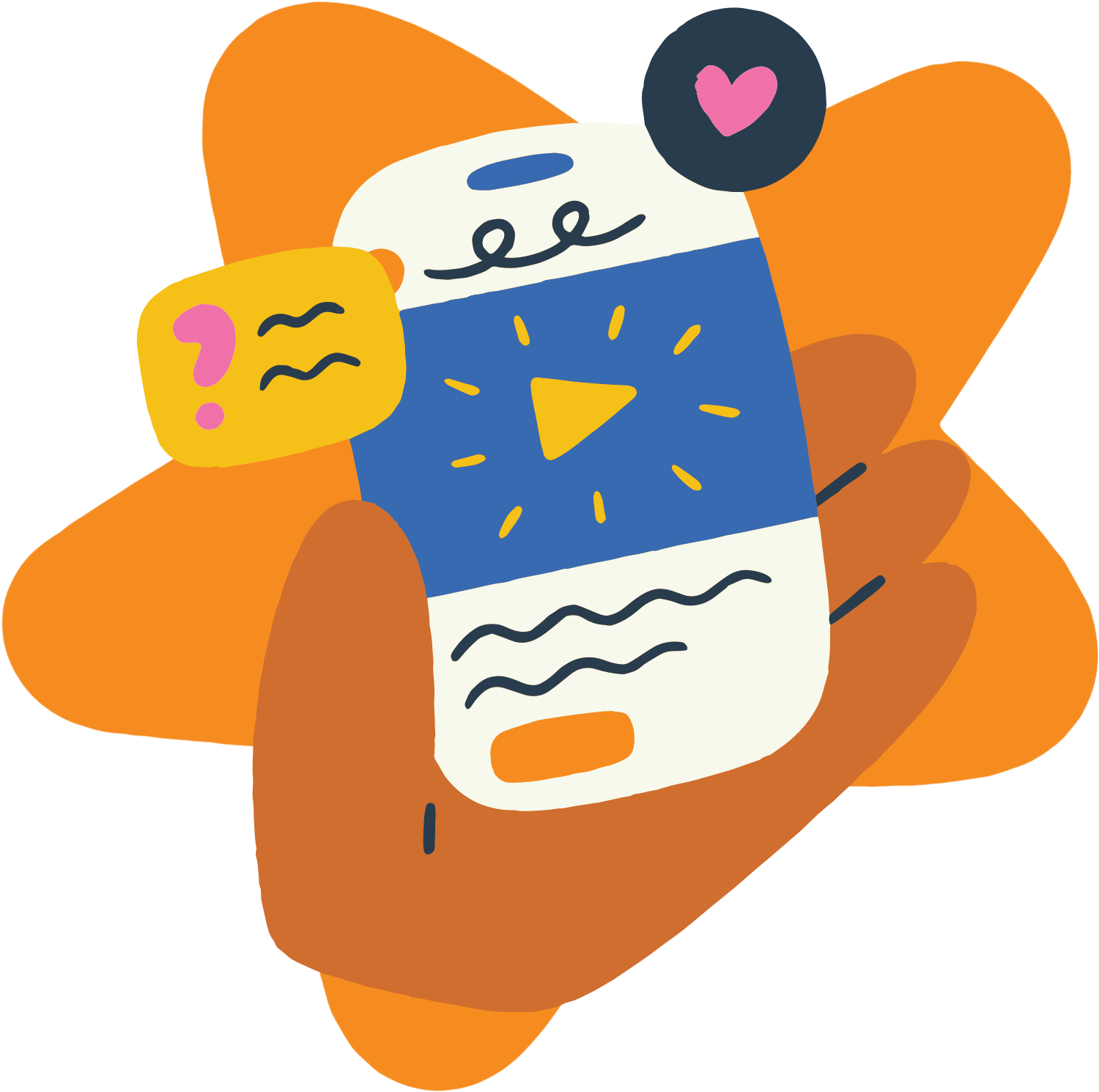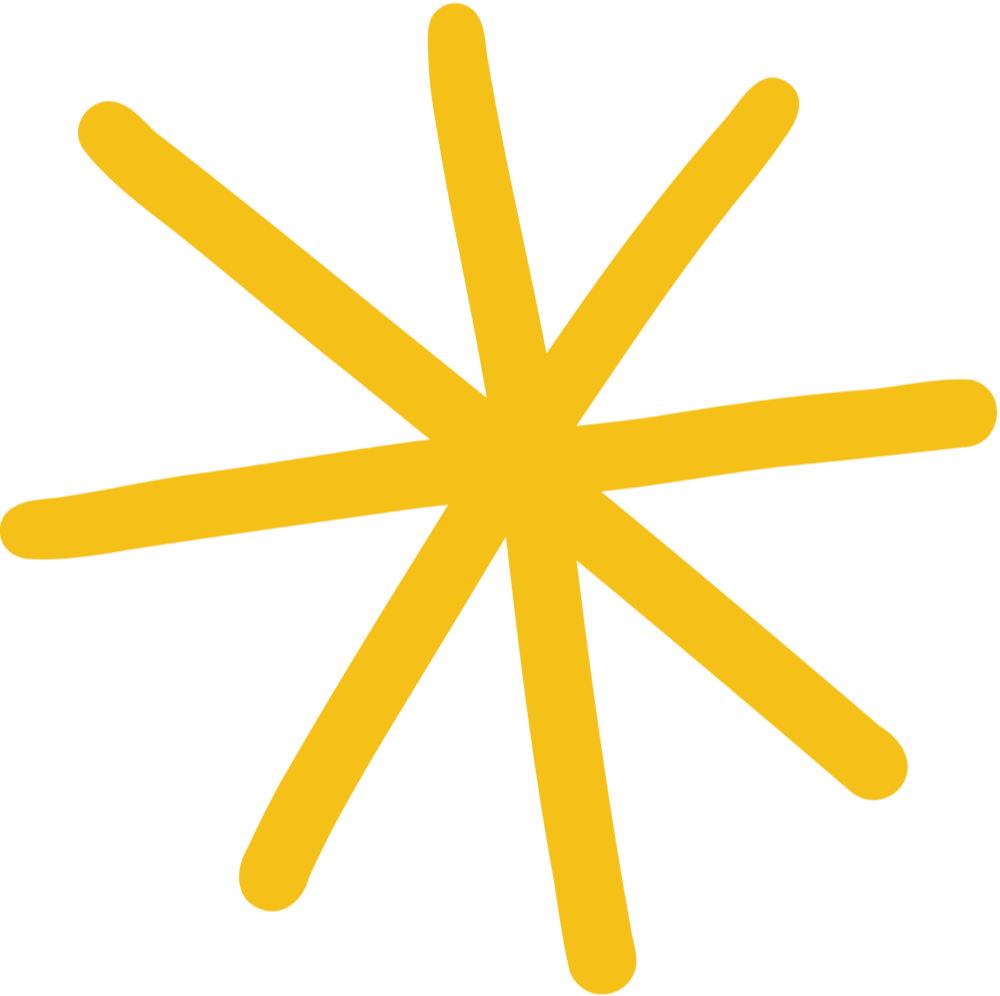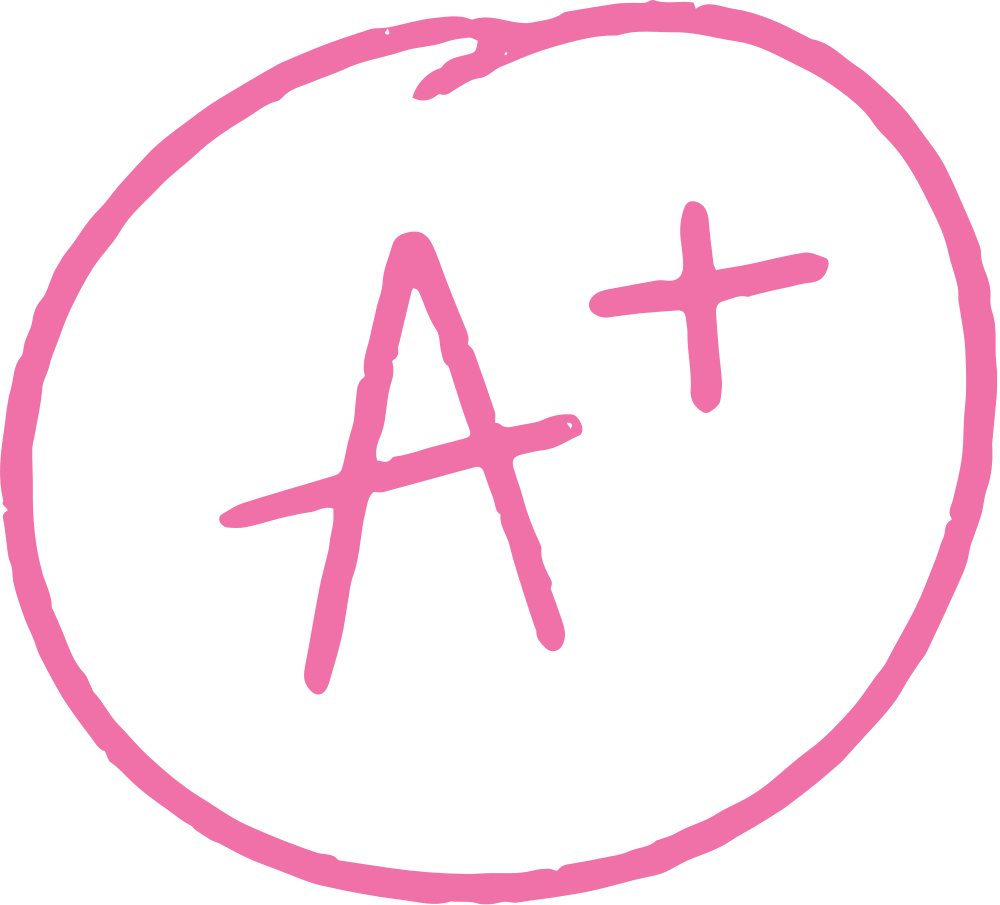
How to Teach the SHAPE America Standards & Health Skills
Interpersonal Communication Skills
Standard #4: Use interpersonal communication skills to support health and well-being of self and others.
Easy Health Teaching Activity

Start Here
This is your teaching guide for the SHAPE America Standards and the health skill of using interpersonal communication skills (Standard #4). It breaks down the skill and introduces signature Project School Wellness skill cues like TALK (general communication), STOP (boundaries), NOPE (refusal skills), TOOLS to Work It Out (conflict resolution), and COLLAB (collaboration), giving students practical and memorable strategies to communicate effectively, express emotions, resolve conflict, and set boundaries. Inside this guide, health teachers will find a definition of the skill, grade-level learning progression examples, and standards-based assessment ideas to support effective, skills-based instruction.
Table of Contents
An Introduction to Interpersonal communication
National Health Education Standard #4: Interpersonal Communication
Let’s Explore
What is the Health Skill of Interpersonal Communication?
As one of the eight essential health skills in the SHAPE America National Health Education Standards, Interpersonal Communication is a core component of effective health education and critical to promoting health literacy. This health skill teaches students how to clearly express their thoughts and feelings, listen with empathy, resolve conflict, set boundaries, and build healthy relationships that support their overall well-being.
Why It Matters?
Healthy Communication Builds Healthy Relationships.
Whether it’s with friends, family, or classmates, being able to express yourself clearly and listen respectfully is essential for creating strong, supportive relationships.
Communication Is How We Solve Problems.
From resolving conflicts to asking for help, strong communication skills help students navigate challenges and find solutions that support their well-being.
Boundaries And Consent Rely On Communication.
Setting personal boundaries, expressing needs, and giving or denying consent all require confident and respectful communication. These skills empower students to protect themselves and others.
The Skill Cues for Interpersonal Communication
TALK: How to Communicate Effectively
TALK Skill Cues
-

T
Think Before Speaking
-
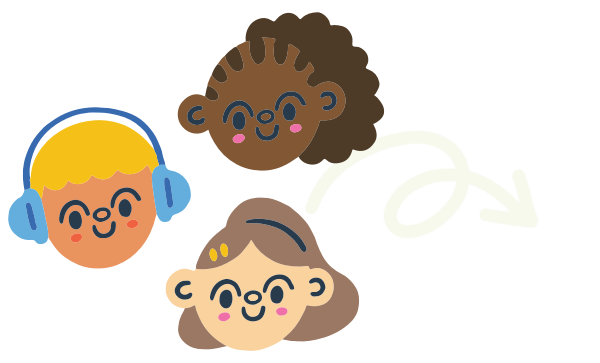
A
Actively Listen
-

L
Listen to Learn (to build understanding and empathy)
-

K
Keep it Kind and Respectful
-
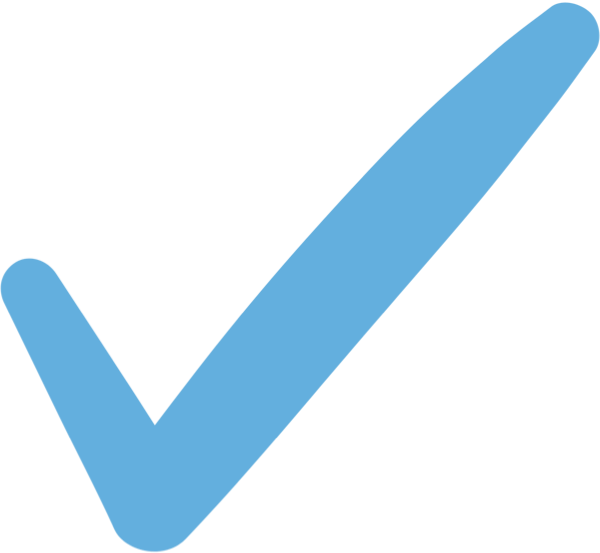
Conflict Resolution Skill Cues
-
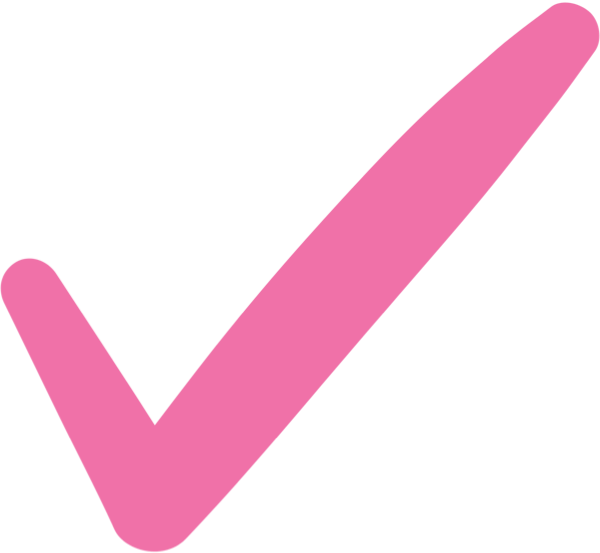
Boundaries Skill Cues
-

Collaboration Skill Cues
-
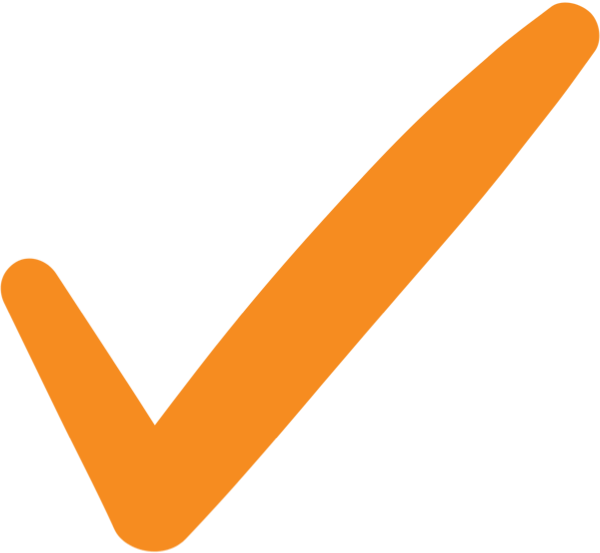
Refusal Skills Skill Cues
Conflict Resolution Skill Cues
-

T - Take Time to Calm Down
Allow emotions to settle before addressing the issue.
-

O - Open Up the Discussion
Use "I Statements" to start a conversation.
-
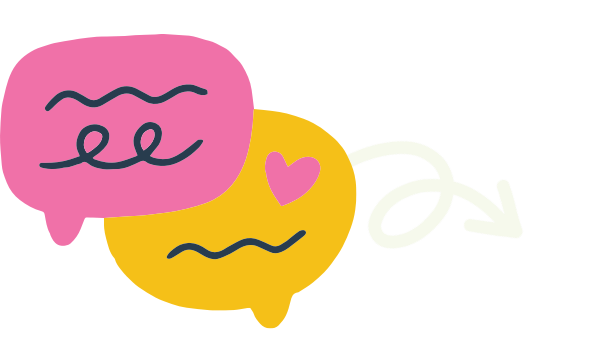
O - Own Your Part
Take responsbility for the role you played.
-

L - Look for a Understanding
Focus on understanding the other person’s point of view.
-
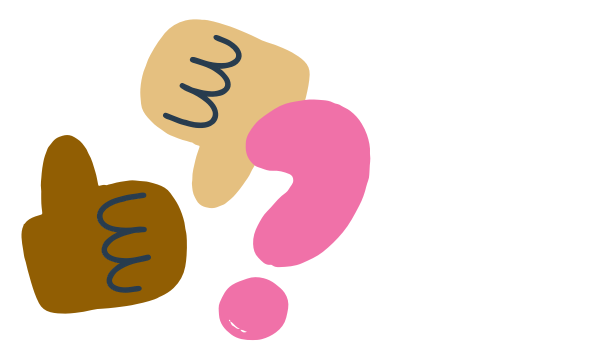
S - Seek a Resolution
Find a resolution that meets both parties’ needs as much as possible.
Boundaries Skill Cues
-
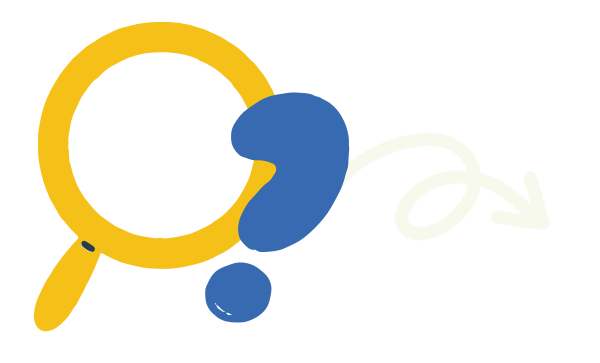
S - Set Your Limit
Reflect on your needs and wants and define your boundary.
-

T - Tell Your Boundary
Communicate clearly.
-

O - Own it and Follow Through
Enforce your boundary and follow through with your response.
-
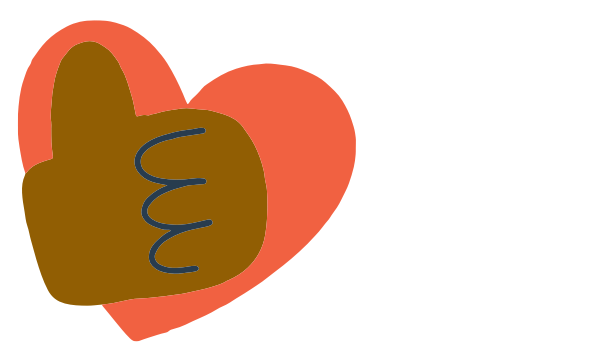
P - Protect Yourself
Honor your boundaries and prioritize your well-being.
Collaboration Skill Cues
-

C - Create a Plan
Create a plan for the project.
-

O - Open-Mind
Be receptive to different ideas and perspectives.
-

L - Learn from Each Other
Create space for everyone on the team to show their expertise.
-

L - Leadership Sharing
Ensure everyone has a chance to contribute.
-
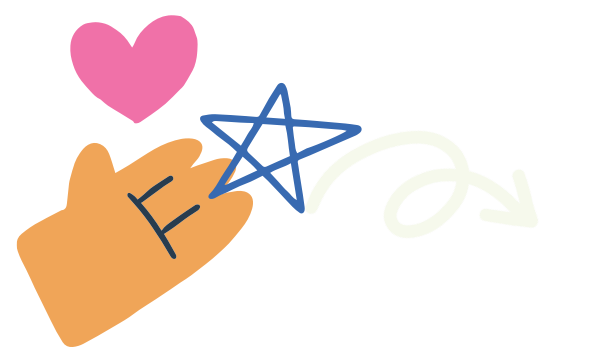
A - Accountability
Take responsibility for your tasks and actions.
-
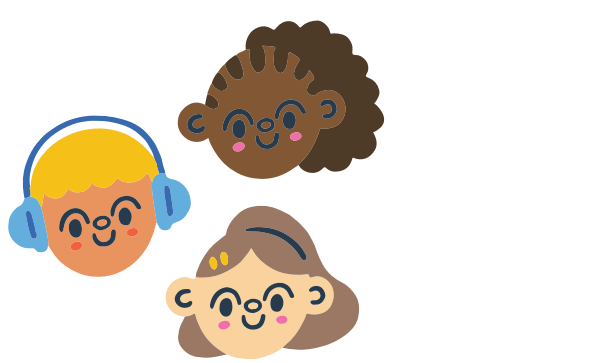
B - Be a Team Player
Recognize that everyone plays an important role on the team.
Refusal Skills
-

N - Name Your Boundary
No without guilt
-

O - Own Your Decision
(with an optional explanation if you want)
-

P - Practice Confidence
-

E - End the Conversation
Exit the Pressure
Bonus Video: How to Apologize
Health Skill Cues Videos
How to Teach the Skill of Interpersonal Communication
Step 1
Introduce the Health Skill
Step 2
Practice the Health Skill Cues
Step 3
Apply the Health Skill to Real Life
K-12 Learning Progression Examples for Health Teachers
Interpersonal Communication Teaching Ideas
-
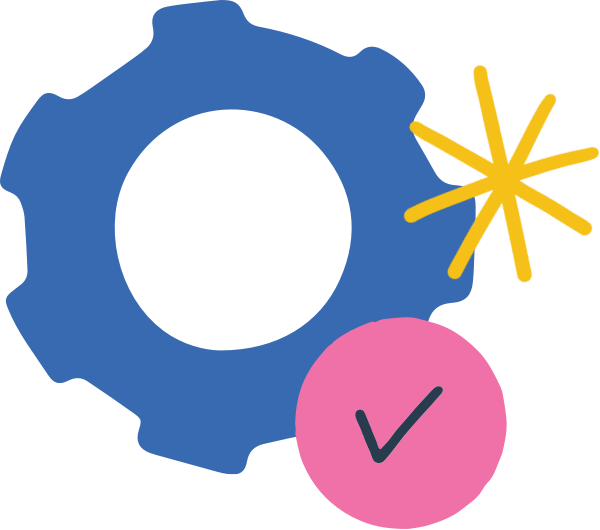
Learning Objectives
Standards-aligned learning objectives focused on building health skill proficiency and strengthening students’ health literacy through real-world application.
✅ Students can practice active listening and taking turns in conversations.
✅ Students can identify and use simple ways to ask for help.
✅ Students can begin setting personal boundaries by saying what they are okay or not okay with and what they like and don’t like.
✅ Students can show kindness and care in their communication with others.
-
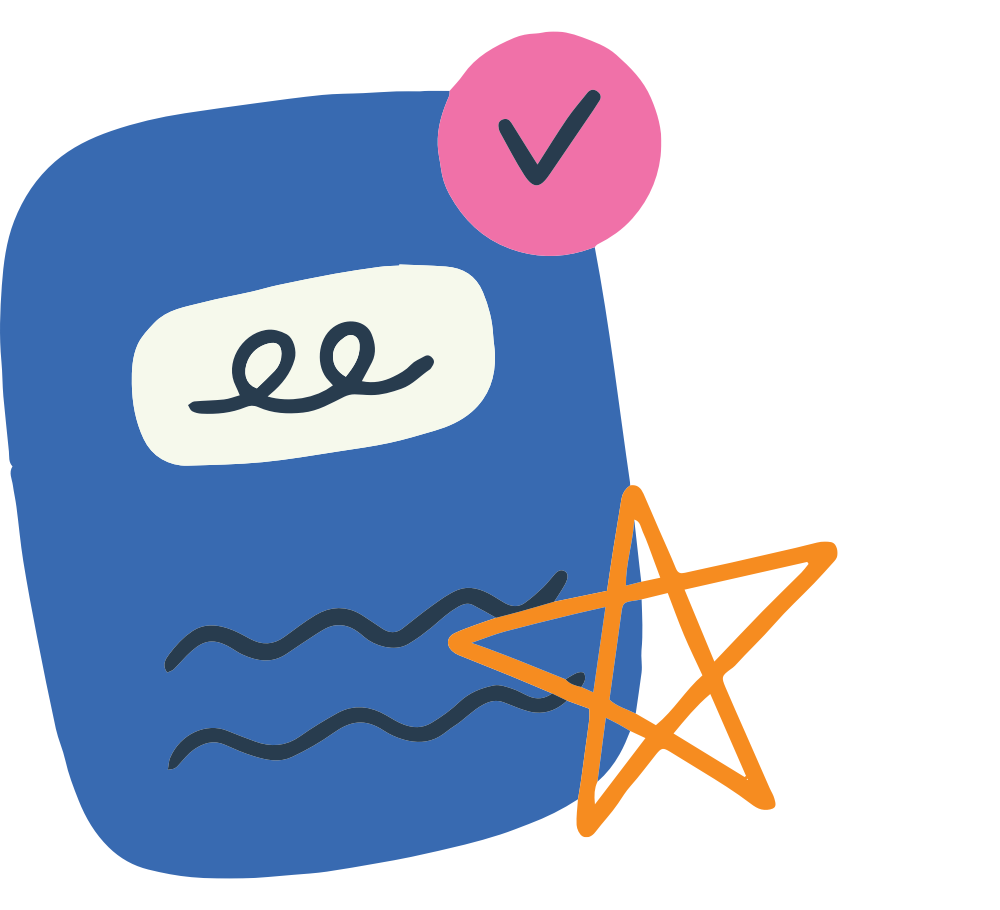
Teaching Activities
Hands-on, engaging teaching activities that give students opportunities to practice each health skill in realistic, relevant ways.
🔎 Feelings Charades: Students act out different emotions or needs while classmates guess and practice responding kindly and respectfully.
🔎 Active Listening Checklist: During class discussions or partner talks, students use a checklist to track active listening behaviors like eye contact, nodding, and waiting their turn.
🔎 Red Light–Green Light: Boundaries Edition: Adapt the classic game to explore personal boundaries. Students decide if a statement is a “green light” (safe/comfortable), “yellow light” (unsure), or “red light” (unsafe/uncomfortable). -
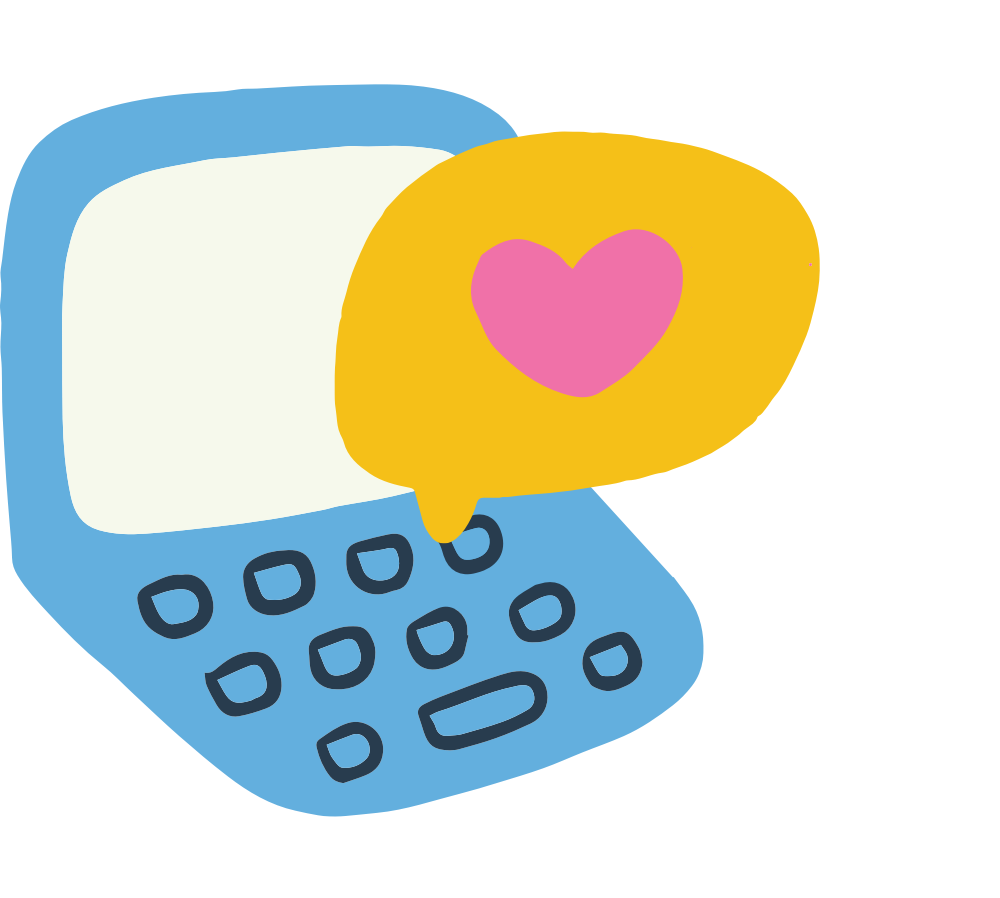
Assessment Ideas
Standards-based assessment measures students' health literacy and their ability to apply the health skills in a real-life scenario, demonstrating both their understanding of the health skill and their capacity to use it to manage their health.
📚 Role-Play: Asking for Help + Setting Boundaries
Students demonstrate communication skills through short, guided role-plays. They practice asking a trusted adult for help and setting a simple boundary (e.g., saying no to an unwanted hug or asking for space). This shows their understanding of safe, respectful communication in real-life situations.
-

Learning Objectives
Standards-aligned learning objectives focused on building health skill proficiency and strengthening students’ health literacy through real-world application.
✅ Students can identify personal boundaries and recognize situations where they want or need to say no.
✅ Students can describe and practice using communication skill cues: TALK (general communication), NOPE (refusal), STOP (boundaries), COLLAB (collaboration), and TOOLS to Work It Out (conflict resolution).
✅ Students can begin using these skills in role-play and real-life practice to build confidence and fluency with more complex communication scenarios.
-

Teaching Activities
Hands-on, engaging teaching activities that give students opportunities to practice each health skill in realistic, relevant ways.
🔎 Skill Cue Sort + Sequence: Introduce the TALK, NOPE, STOP, COLLAB, and TOOLS skill cues. Use card sorts or sequencing activities to help students break down each cue and its steps.
🔎 Boundary Analysis: Present short scenarios where boundaries are respected or crossed. Students identify the boundary, how it was communicated, and how the situation could have been handled differently.
🔎 Mini Collaboration Challenges: Create quick partner or group tasks that require students to use COLLAB and TALK skill cues to complete a shared goal (e.g., planning a short skit or solving a classroom puzzle). -

Assessment Ideas
Standards-based assessment measures students' health literacy and their ability to apply the health skills in a real-life scenario, demonstrating both their understanding of the health skill and their capacity to use it to manage their health.
📚 Create a Conflict Resolution Artifact
Students design a creative, real-life tool, such as a spinner, flowchart, zine, or mini-booklet, that other students could use to navigate conflict. Their artifact must include common middle school conflict scenarios and clearly outline how to use the TOOLS to Work It Out cue to resolve them. The final product should be functional, reflective of their understanding, and easy for peers to use.
-

Learning Objectives
Standards-aligned learning objectives focused on building health skill proficiency and strengthening students’ health literacy through real-world application.
✅ Students can confidently use a range of communication skills in authentic, real-life situations across various settings (in-person, digital, peer, adult).
✅ Students can set and maintain boundaries and use refusal skills (NOPE) in ways that feel natural, respectful, and empowering.
✅ Students can use the TOOLS to Work It Out skill cues to navigate and resolve actual conflicts, applying empathy, personal responsibility, and problem-solving.
✅ Students can reflect on how their communication affects relationships and make intentional choices about how and when to speak, listen, and respond.
-

Teaching Activities
Hands-on, engaging teaching activities that give students opportunities to practice each health skill in realistic, relevant ways.
🔎 Do This, Not That: Communication Critique: Analyze communication in real-life or media-based scenarios (texts, conversations, TV scenes). Students evaluate what worked, what didn’t, and rewrite the interaction using appropriate skill cues.
🔎 Conflict Lab: Present real-world conflict scenarios (school, relationships, digital miscommunication) and have students use TOOLS to Work It Out to resolve them collaboratively.
🔎 Boundary + Refusal Practice Circles: Students take turns practicing setting boundaries or refusing something respectfully and authentically, then receive supportive peer feedback. -

Assessment Ideas
Standards-based assessment measures students' health literacy and their ability to apply the health skills in a real-life scenario, demonstrating both their understanding of the health skill and their capacity to use it to manage their health.
📚 Authentic Refusal Skills Plan
Students complete a personal refusal skill analysis based on a real-life or relevant scenario. They identify a situation where they would want or need to say no, and map out a refusal plan using the NOPE cue. Their plan should reflect authentic language they’d actually use, how they’d manage pressure, and what support they might need to follow through.
Teach the Shape America Health Standards
Health Skills
Teaching Toolkit
The Project School Wellness Health Skills Toolkit is your all-inclusive resource for teaching the health skills outlined in the SHAPE America National Health Education Standards. With done-for-you lesson plans featuring signature health skill cues, health teachers can confidently teach each health skill. Every lesson includes a flexible one-page worksheet that can be taught with any health topic, making it easy to reinforce and apply health skills across your entire health curriculum. Simple, effective, and ready to use, this toolkit makes skills-based health education easier than ever.
Health Skills Lesson Plans
Interpersonal Communication Lesson Plans
-
Health Skills Toolkit
Interpersonal Communication Skills & Conflict Resolution
Social Skills: Communication Skills
Social Skills: Boundaries
Explore Health Skills Videos
Youtube
Quick, easy-to-follow videos for health class that teach students the eight essential health skills and how to use Project School Wellness’s skill cues. Perfect for health teachers and students to build health literacy as they explore the health skill definitions, practical skill practices, and real-life applications.

CURATED HEALTH SKILLS TEACHING RESOURCES
Interpersonal Communication Teaching Resources
-
Health Skills Toolkit
Interpersonal Communication Skills & Conflict Resolution
Social Skills: Communication Skills
Social Skills: Boundaries
-
Coming Soon!
-
Coming Soon!
-
Coming Soon!
Meet Project School Wellness
Your Go-To Partner in Health Education!
At Project School Wellness, we are dedicated to making health education simple, effective, and life-changing.
As your one-stop health education hub, we offer ready-to-use health curriculum and resources for health teachers, expert guidance for parents navigating tough topics, and trusted insights for students building lifelong health skills. In the health classroom, at home, or learning on their own, we’re here to help students build the knowledge, skills, and confidence needed to live their healthiest, happiest lives.
